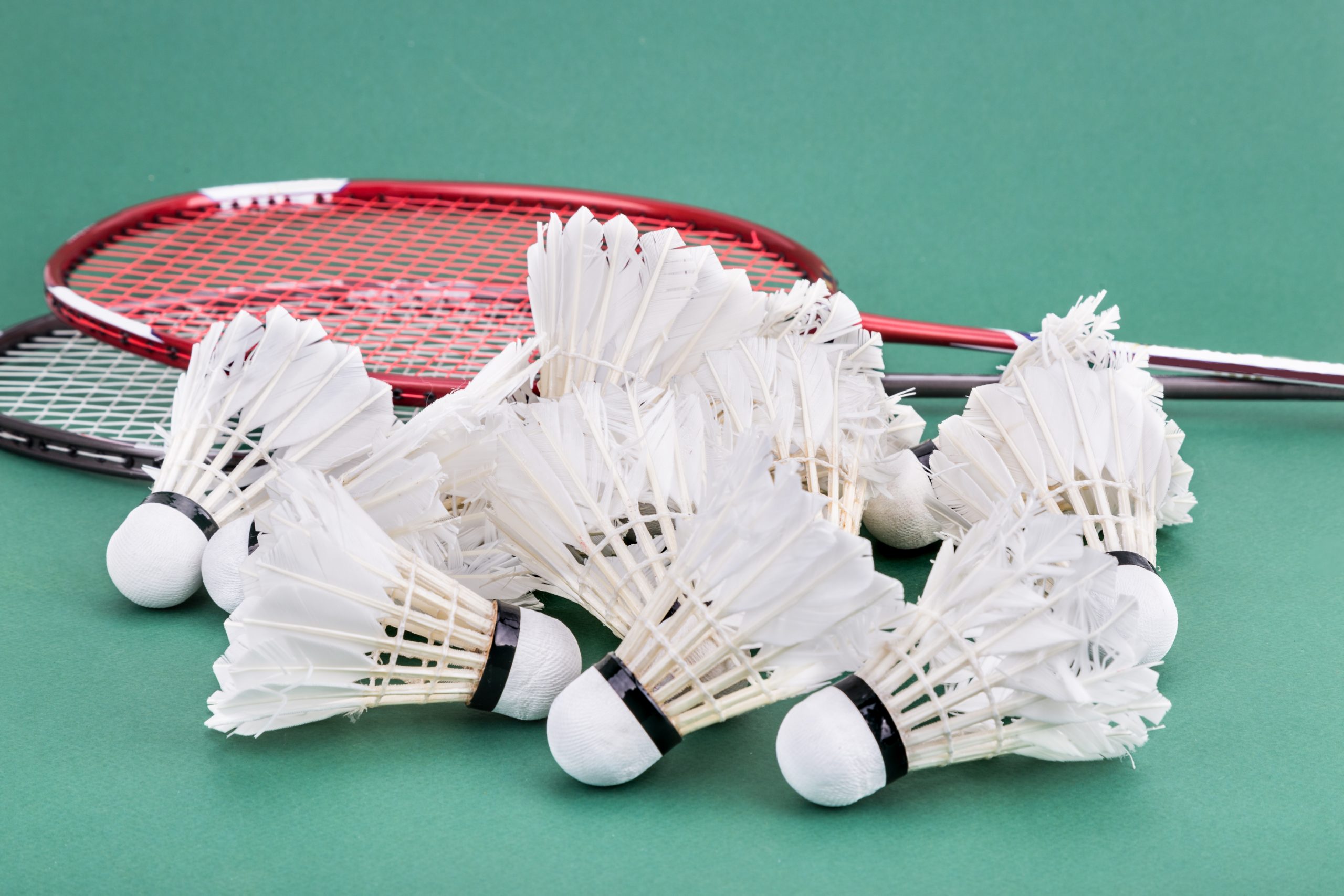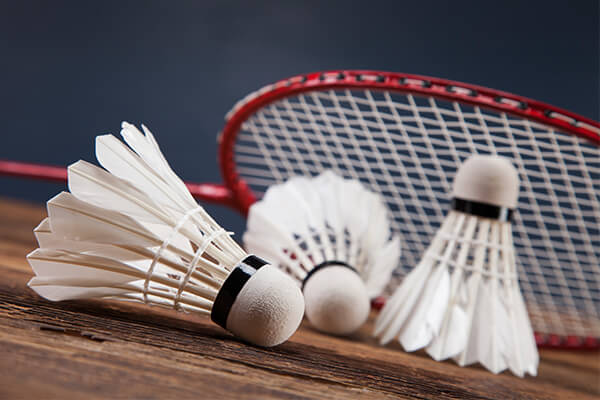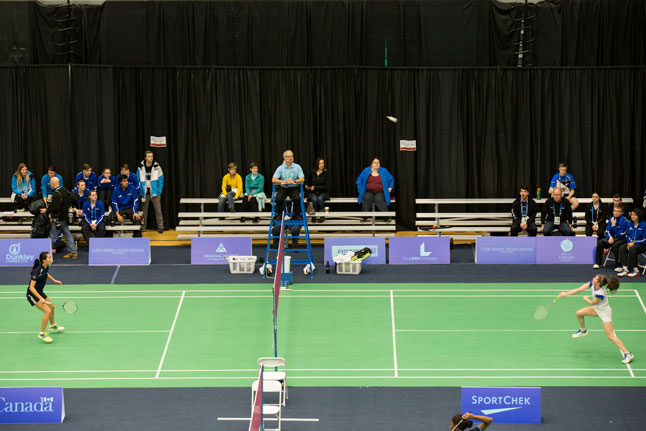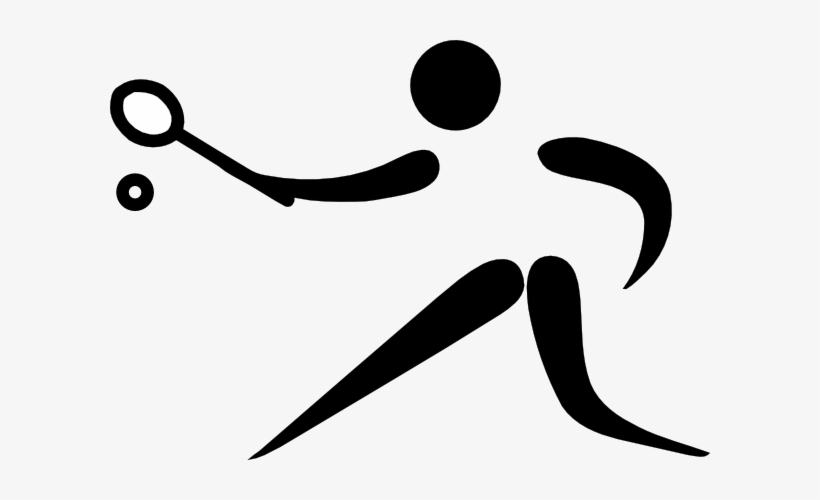Badminton Rules
Just like any other sport, badminton also has its rules to be followed by the players to easily determine the winner of each match. Over the course of time, these rules have undergone some revisions by the Badminton World Federation (BWF) to purposely enhance the fun and thrill that the players experience. In this blog we discuss badminton rules, including general rules, scoring, and serving.
General Badminton Rules
The rules of badminton state that a toss shall be conducted before a game start. If you win, you can choose between serving first or starting play at either end of the court. The scoring system of badminton is similar to games like volleyball and table tennis. Modern badminton competitions often use a best-of-three-sets and 21-point scoring system. In a 21-point system, the “best of three sets” is commonly employed. A two-point lead is required to win. For example, if the score is 20-20, you cannot win the game even if you win by 21 points. It must be 22-20; the same rules apply in other situations till 30: you cannot win with 24-23, 26-25, or 28-27; you must have two points in a row, often known as “two clear points,” such as 23-21. However, the rules differ if the game reaches the 30-point mark or the upper limit of the game. This restriction exists because the BWF attempts to prevent a match from dragging on for too long, especially in top-level tournaments when a protracted match may result in athlete injuries. An interval in a 21-point system game implies that players on both teams receive 1 minute of rest when one team achieves 11 points. During the best of three sets, the courts will be switched twice. The court will be changed during the third game when either team’s score hits 11 (IOWA, n.d.).
Serving

For serving, there are rules imposed by the BWF that the player should strictly follow. The two feet must be in touch with both the server and the receiver. The server must strike the cork first, not the feather. In the previous, birdies have to be hit by servers under their bottom rib, with the racket head below the racket handle, but subsequently, all servers have to hit shuttles under a set 1.15-meter height since March 2018 (badmintonprofessor.com, 2021). There must be no dirty hit, double hit, or difficulties till the service is rendered.
You should not serve until your opponent is ready; nevertheless, if they attempt to return the serve, they are deemed ready, and play begins. If you miss the shuttle when serving, serving for the second time is possible, as long as the racket has not been in contact with the shuttlecock or bridie. Birdies that cross the net during play are good and should be played. If the shuttle touches the net during serving, it is a “let” if the service is otherwise excellent and the birdie is served again. Birdies that land on the line are regarded as playable, thus granting the point.
Scoring System
The scoring system differs between singles and doubles matches. Assume that player A is the server in this game, and his/her score is 0 or even; one must stand in the right service court. Player B should take a position on the left side of the receiving court. Below is an example for a singles match:

Even numbers (On the right service court): 0, 2, 4, 6, 8, 10, 12, 14, 16, 18, 20, 22
Odd numbers (On the left service court): 1, 3, 5, 7, 9, 11, 13, 15, 17, 19, 21
For doubles, each team serves except at the start of the game with the conventional scoring system. A side has only one server in the Rally Point Scoring method. The server serves from the right service court at the start of the game, and when the score goes even. When the situation calls for it, the server will serve from the left court. The server must board the shuttle and proceed to the opposite service court. This extends to the outside rectangular space in doubles. After a serve, the shuttle may be returned into any section of the other end of the court indicated by the outside margins of the boundary lines. If the serving side wins, it scores a point on the serving side and serves from the alternating service court again on the same server. If the receiving team wins a rally, the receiving team earns a point. The receiving side is transformed into the new serving side. The players do not switch service courts until their team has won a point while serving. If a player makes a mistake on the service court, the fault is rectified as soon as it is found. Following the receiving team’s serve, any partner may make a play on the shuttlecock during successive returns.












